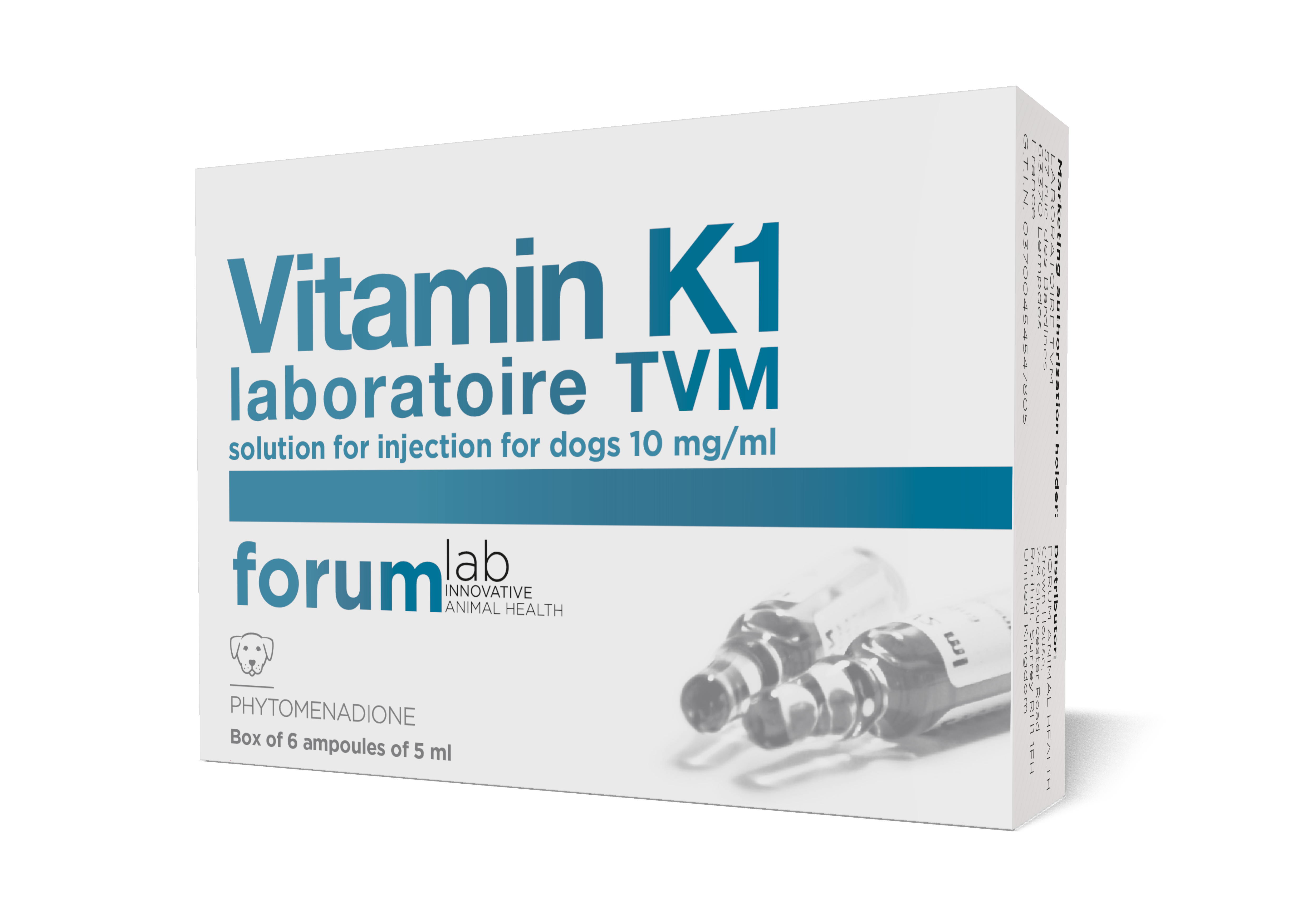

No part of this publication may be translated into other languages, reproduced or utilized in any form or by any means, electronic or mechanical, including photocopying, recording, microcopying, or by any information storage and retrieval system, without permission in writing from the publisher.ĭrug Dosage: The authors and the publisher have exerted every effort to ensure that drug selection and dosage set forth in this text are in accord with current recommendations and practice at the time of publication. This adverse drug event was reported to the Regional Pharmacovigilance Center of Strasbourg on June 30, 2021, and registered under the number ST20212767.Ĭopyright: All rights reserved. Thus, there are two pharmacokinetic hypotheses that may explain warfarin overdose: the displacement of warfarin from its albumin binding sites or the inhibition of CYP3A4 by mistletoe. album is a cytochrome P450 3A4 inhibitor which therefore probably led to an increase in exposure to warfarin. Nab-paclitaxel and gemcitabine do not act on these cytochromes. An inhibitor of these cytochromes prevents the degradation of warfarin into inactive metabolites, leading to accumulation or even overdose of this narrow therapeutic index VKA. Warfarin is predominantly metabolized in the liver by 1A2, 2C9, and 3A4 cytochrome P450 (CYP) isoforms. album) are used as complementary medicine in oncology. Nab-paclitaxel can displace warfarin from its albumin binding sites and increase the free and active concentration of warfarin. Then, the patient interview found out that he self-medicated with subcutaneous injections of mistletoe extracts: 10 mg on day 0 and on day 2.

Based on the chronology, a drug interaction between chemotherapy and warfarin was first suspected. The final diagnosis was an anemic syndrome due to gastrointestinal bleeding secondary to VKA overdose. Warfarin was discontinued and the patient received vitamin K supplementation and transfusions. At day 5, the biological assessment revealed anemia with hemoglobinemia of 5.1 g/dL and an international normalized ratio of 7.3, indicating vitamin K antagonist (VKA) overdose. At day 3, he reported faintness and melena. He was also treated with warfarin for atrial fibrillation. A patient over 75 years of age was treated with nab-paclitaxel and gemcitabine as a first course for metastatic pancreatic adenocarcinoma (day 0). This case reports drug interactions leading to bleeding secondary to warfarin overdose. Some patients are adept at taking medicinal plants, a practice often unknown to health professionals who take care of them. Patients do not necessarily mention to their oncologist this phytotherapeutic treatment which may be responsible for unsuspected drug interactions. Mistletoe, Viscum album, is a medicinal plant used in complementary medicine in oncology.


 0 kommentar(er)
0 kommentar(er)
